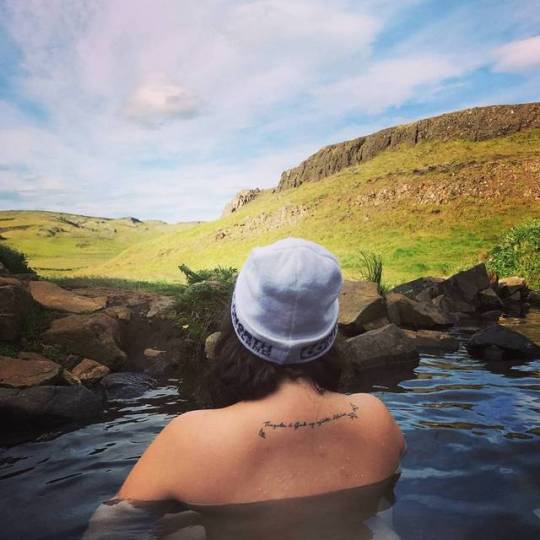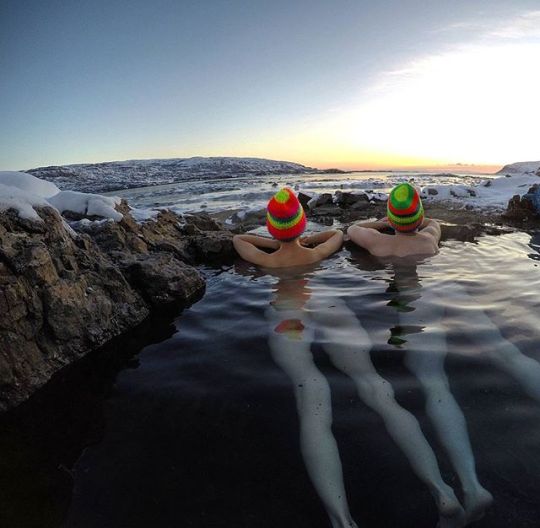
#hotpool #hotsprings #hotpot#iceland #exploreiceland#westfjords#outdoorlovers #icelandinspired #bath #chill#cheekyexploits #butts#buttsofinstagram
The soaking opportunities in raw nature don't come more wintery than in Iceland. And compelled by a never ending backlog of captured and stored photo's, I really really need to bore my readers with pushing these fire and ice acts.
Bear with me will you?
Staying northwest (as above) a couple more from the Westfjords:
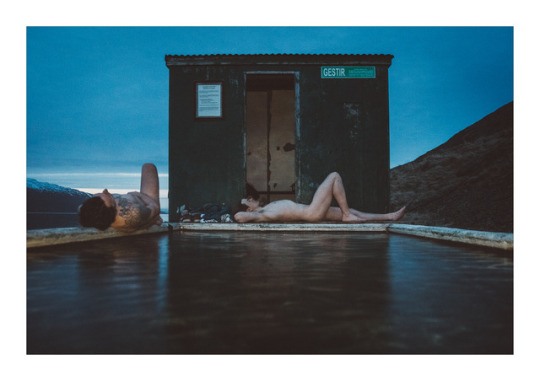
One of the most frequently asked questions from our guests is “What do you do during the winter?”. Yes, it’s true, tourism sees a sudden decrease during the winter months (and autumn, and spring!). But that doesn’t mean that we pack up and head for the hot tubs for 9 months, although an occasional visit is a must.
In Iceland it’s not free the nipple, it’s freeze the nipple❄️❄️❄️❄️❄️Had a lovely little skinny dip while enjoying the snow, will have a blog post detailing how to get to this epic little (free!) hot spring soon xx
On the verge of the northwest Landbrotalaug (above and below) while the northwest is covered by the hot spring of Nauteyrarlaug.
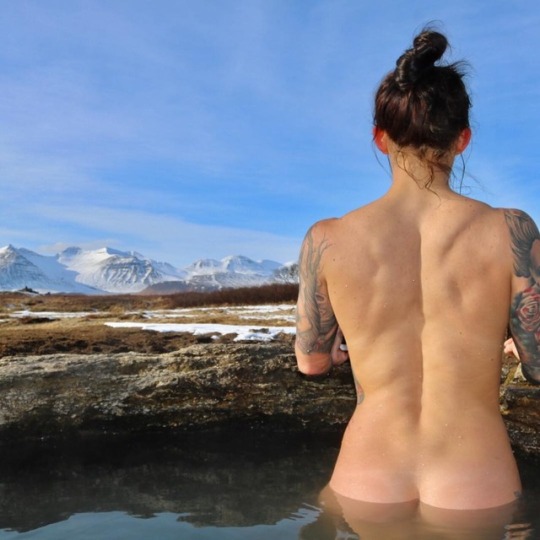
#wheniniceland #girlgottaswim
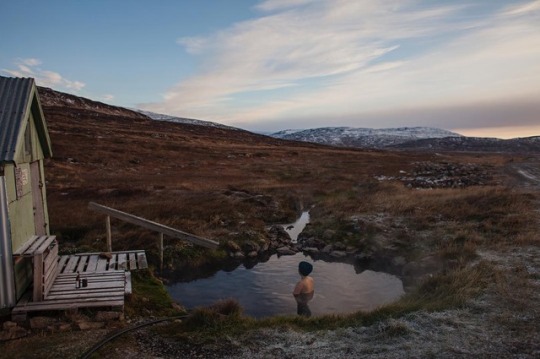
beers & skinny dipping at a secret hotpot: full magic. somewhere, vestfirðir, ísland, 11.9.17.#iceland #ísland #westfjords #vestfirðir#hotspring #neverstopexploring #lovethewild #vsco #getoutthere #optoutsideCovered
Not a bad spot to stop for a swim 🇮🇸❄️👌#iceland #hotspringsSouthern soaks still as hot in winter. Well slightly less hot ...
Starting off with Seljavallalaug above and following. And then Hrunulaug.
jackieo528
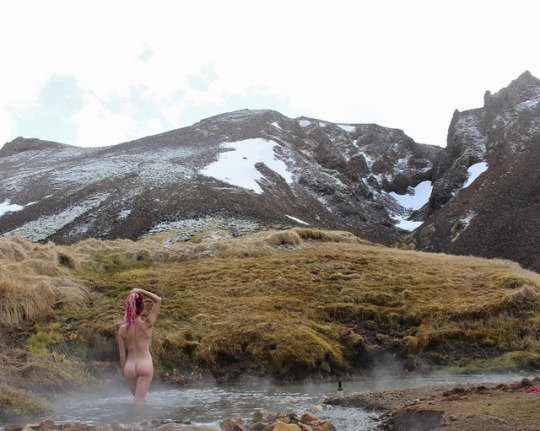
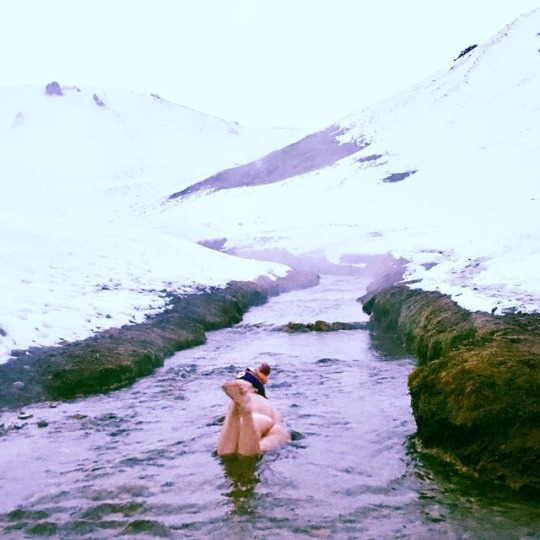

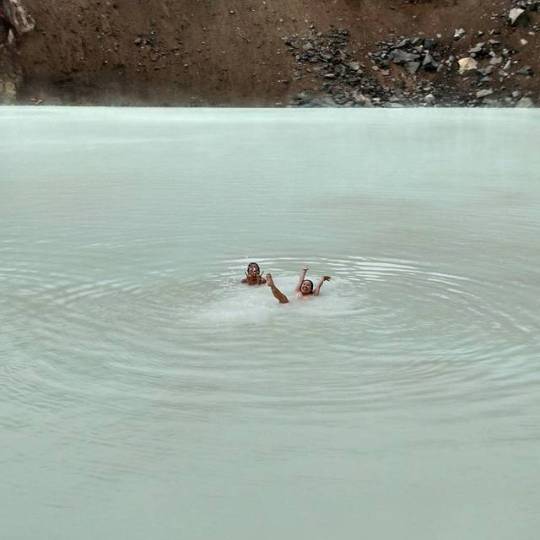
Skinny dipping in a hot spring pool, under snow covered mountains, in the rain...This is life💜🌍✌🏻️ #JackieThings #Iceland
#enjoylife #livinginiceland #niceland #home #tattoo #girlstrip#hotspring #66north #beautiful #country #beingblessed #njóttu #gooutside#exploring

getyourassintonature
“It was frigid outside with intermittent snow flurries, and there were so. many. tourists. I stripped down anyhow, because when else am I going to be in the middle of a geothermal-heated river somewhere in Iceland? A sweet French woman saw what we were doing, decided we were her people, and came to share our pool and her beer with us. This odd obsession has been sowed in me. I see nature, I want to be naked in it.” // #getyourassintonature
Reykjadalur (pictured above and following) another beautiful natural soaking site may be slightly more difficult to reach (on foot) during winter.

#hotsprings #reykjadalur #nyknicks #nude #nyknickshat#sexylatviangirl #latviangirl #happyhippo #swimmer for him #unhappysingleThe name Reykjadalur litterally means ,,Steamy Valley“ so anyone looking for hot springs should not be disappointed with this location. Reykjadalur is located in the south of Iceland near the town of Hveragerði, a town built on a geothermal hot spot, and around the town are hiking paths which show you the very best of the area. These hot streams are a hiker’s paradise!
Over on the tumblr of Icelandnaturist there are a couple of original posts of what (s)he names are a secret place. Been there, done that. Visit the site for more:
Some places are better enjoyed with likeminded friends #naturism #befree #skinnydipping #secretplace #hotspringsiceland
Gold

Day 2 in #Iceland with these babes. The difficult and exhausting cross island drive was worth it for this moment. #hotsprings #mountains #naked#islandlife#icelandicliving
A few picca's from Grettislaug above and following.
r.e.n.a.r.d.o.r

s k i n#iceland #foxontherun #gayiceland #wanderlust #instagay #bnw #blackandwhite #reykjavik #grettislaug #narcissisticartyfarty #gay #gayiceland

Drove though the clouds, up in the highlands to find this gem all to ourselves 🇮🇸 #Iceland2017 #geothermalpool

Golden girls
Moved north above the remote Askja, following Fosslaug.
One of our favorite things about #Iceland were the natural #hotpots. This one wasn't as hot as the others we found, but the views couldn't be beat! Only a few steps #downstream from #Fosslaug was a rushing #waterfall (see next post).



